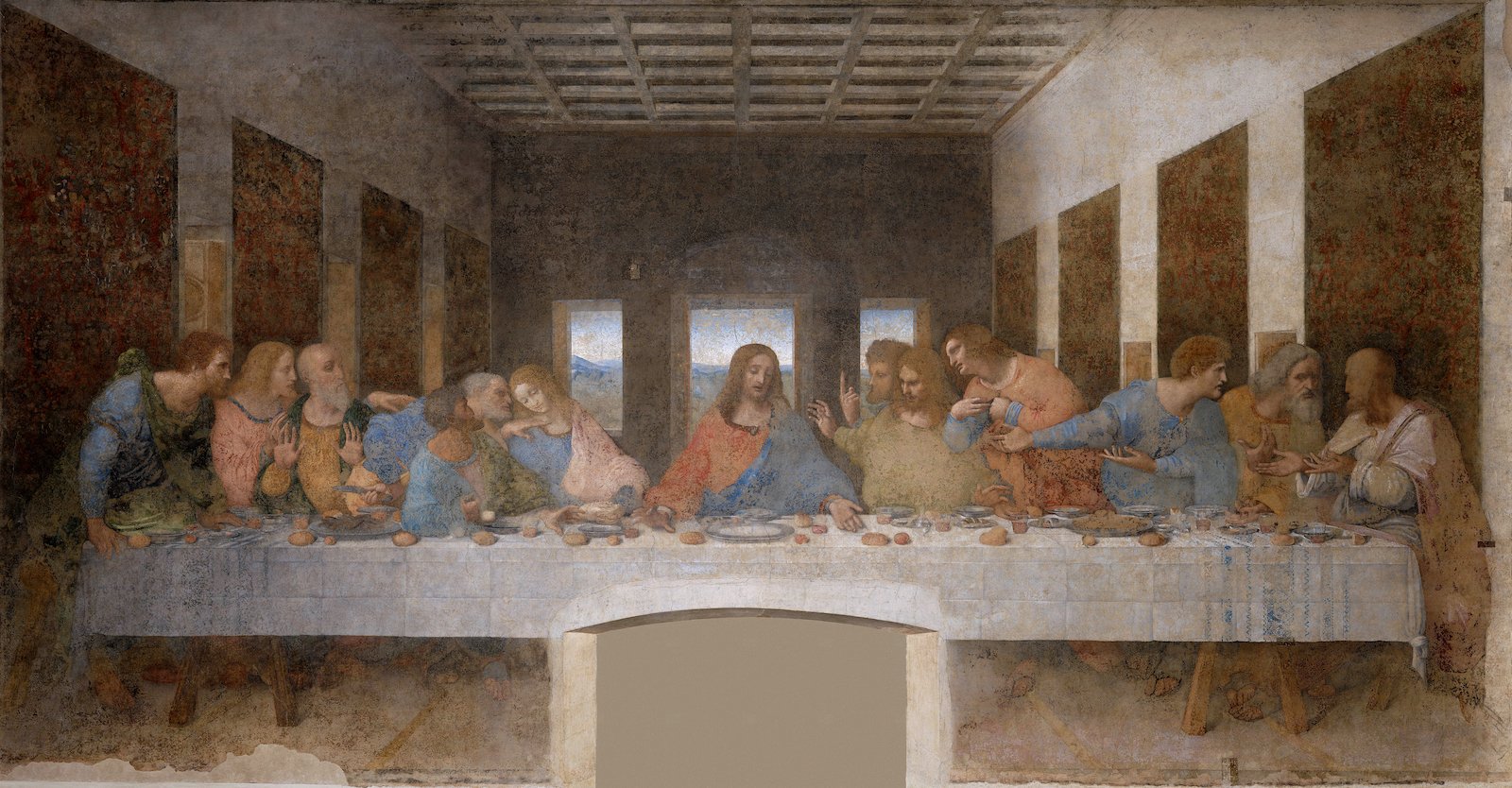
Beloved documentarian Ken Burns, who has taken on weighty subjects from American history like the Vietnam War and the Civil War, will turn his attention to the great Renaissance artist Leonardo da Vinci in a two-part, four-hour documentary that will appear on PBS this fall. The creator of the Mona Lisa, The Last Supper, and the Vitruvian Man was perhaps uniquely also talented in various other fields, including architecture, cartography, and engineering.
“No single person can speak to our collective effort to understand the world and ourselves,” said Burns in a press release. “But Leonardo had a unique genius for inquiry, aided by his extraordinary skills as an artist and scientist, that helps us better understand the natural world that we are part of and to appreciate more fully what it means to be alive and human.”
It’s Burns’s first look at a non-American subject, though it’s not his first foray into culture: he has done shows on architect Frank Lloyd Wright (1998) and artist Thomas Hart Benton (1988).
Part one, “The Disciple of Experience,” airing November 18, will explore the studio or workshop where Leonardo trained, as well as his 18 years under the patronage of Ludovico Sforza, the ruler of the Duchy of Milan, where he would produce some of his best-known works, including the Sforza-commissioned Last Supper.
Leonardo da Vinci, Virgin and Child with Saint Anne (ca. 1508–17). Courtesy the Louvre Museum via Art Resource.
Part two, “Painter-God,” airs November 19 and considers Leonardo’s time working for military strongman Cesare Borgia, his work on the never-realized mural depicting the Battle of Anghiari, his observations of nature and science, and his creation of the Mona Lisa.
The documentary is co-directed with Sarah Burns and Dave McMahon, who have worked with Burns on previous projects.
“As we set out to explore Leonardo’s life, we realized that while he was very much a man of his time, he was also interested in something more universal,” said Sarah Burns. “Leonardo was uniquely focused on finding connections throughout nature, something that strikes us as very modern today, but which of course has a long history.”
The filmmakers promise a stylistic departure from their tried-and-true documentary method.
“Though we follow Leonardo’s personal journey and explore his artistic and scientific accomplishments, we’re also really focused on what went on in his mind and on understanding the depths of his curiosity,” said McMahon. “To do this we use material from his notebooks mixed with archival film, photos and sound, along with our cinematography and visual effects, and we’re not afraid to stray from the timeline. Leonardo’s thinking was so unique, and in many ways timeless, that our traditional approach alone would have been insufficient.”